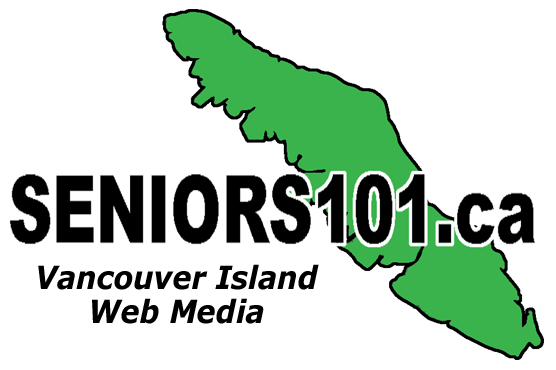Eldercare: Caregiving From a Distance
It’s hard to believe our family is a week away from a mini-holiday getaway. That’s right, it’s summertime in the Comox Valley. For my business, it’s often a time when long distance family members make the trek up to the Island to spend time with their again loved ones. In fact, 22 percent of family caregivers provide care to aging loved ones long distance. Many families come face to face with the realities of distance caregiving on a holiday visit. Long distance clients often remark on how surprised they are to see the physical, cognitive and emotional decline of their aging family member.
It can be quite the ride – guilt for not doing enough or for not being there for our parents and in-town family, sadness in accepting our aging loved ones decline, anxiety and stress of frequents and unpredictable travel and fear of the unknown.
Here are some tips to make distance caregiving more manageable:
Stay Connected: It’s hard to tackle tricky conversations if you’ve been out of touch. There are literally a hundred ways to stay connected. It doesn’t mean methods or savvy technological avenues; dedicate a specific time watch reaching out to your loved ones.
Talk First, Act Later: Before jumping in and getting too involved with researching what help is available, start with an evaluation of your aging loved one’s situation. Collect information during a visit or over the phone. Find out what’s been done by in town family, neighbours, friends and community health professionals.
Learn everything you can about your loved one’s disease or disability. This becomes the backbone of your care plan. It also helps you as a caregiver better understand what your family member is going through.
Build a Team That Works: Find out who is in regular contact with the person being cared for and ask them to be part of the care team. Your team will include other family members and siblings, neighbours, close friends, community care providers, to name a few. Be clear in advance on what type of care and help is needed, and be respectful of people’s limits, skills, availability and willingness.
Find a Quarterback: Designate one person as a primary contact person. A case manager or eldercare planner can also serve the caregiver’s point person. Coordinating who is doing what and when is critical as it can be overwhelming and confusing for the care recipient to juggle many visits and calls. There are some great resources using a Google Calendar and check out Tyze.com
Get to Know the Locals: Build time to research what programs and supports are available in the community. Ask you local care team members to make inquiries, collect brochures visit seniors’ centres, etc. Find a opt of the local phone directory or web directory and keep track of the who, what, when and why’s related to community resources and services. Patience and persistence are a must to navigate a health care system from afar!
Keep Everyone In the Loop: Long-distance caregivers often feel left out of decisions or get information second hand. Finding a way to stay current and connected can prevent family feuds and allow everyone to know and understand the options.
 Wendy Johnstone is a geriatric case manager specializing as a consultant in family caregiving issues, seniors’ health promotion and issues surrounding the aging population. If you are looking for more information regarding caregiver tips and advice, would like to book a consultation or subscribe to Wendy’s weekly blog visit: www.keystoneeldercare.com
Wendy Johnstone is a geriatric case manager specializing as a consultant in family caregiving issues, seniors’ health promotion and issues surrounding the aging population. If you are looking for more information regarding caregiver tips and advice, would like to book a consultation or subscribe to Wendy’s weekly blog visit: www.keystoneeldercare.com
For more useful tips and tools for family caregivers check out Wendy’s new book,”Get Your Eldercare Affairs In Order:A Planning Organizer for Seniors and Family Caregivers” in either softcover or a pdf ebook. Can be purchased at
www.keystoneeldercare.com/books/GetYourEldercareAffairsinOrder

